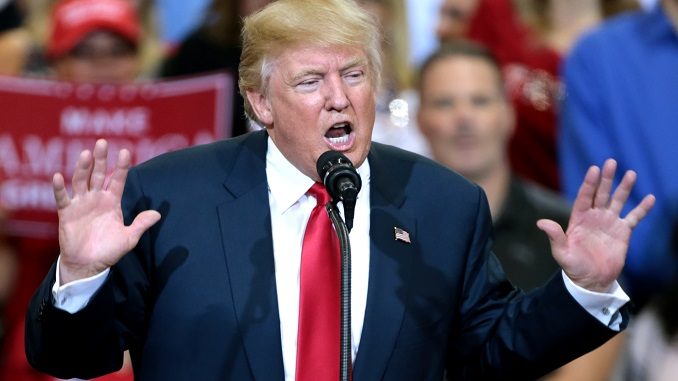
President Donald Trump’s trade war with China seems to be delivering different results than what was initially expected as the Asian country remains a significant manufacturer and the U.S. is not seeing much growth in its production.
According to data released by the Census Bureau on Thursday, several other countries appear to be feeling the benefits of the ongoing trade war between the world’s two greatest economies. In the first four months of this year, imports from Vietnam increased by 38% compared to the same period last year.
Taiwan, South Korea and Bangladesh have likewise seen increased exports to the U.S. of between 13 percent to 22 percent. On the other hand, imports from China have dropped 12 percent due to the trade war, CNN reports.
Ever since his campaign for president, Trump has been adamant that his tariffs will bring production back to the United States. Last week, he made the same claim, tweeting, “The higher the Tariffs go, the higher the number of companies that will move back to the USA!”
Importers pay the tariffs, choosing between footing the costs or passing them to consumers and in some cases, manufacturers lower the price of the product.
President Trump, however, has acknowledged that his trade war is not delivering the promised results, driving manufacturing to other countries.
“Also, the Tariffs can be completely avoided if you buy from a non-Tariffed Country, or you buy the product inside the USA (the best idea). That’s Zero Tariffs. Many Tariffed companies will be leaving China for Vietnam and other such countries in Asia. That’s why China wants to make a deal so badly!” Trump said on Twitter last month.
Importers and manufacturers further point to the fact that production remains in other countries mainly because of the considerably lower wages and the fact that the U.S. sometimes does not possess the capacities needed for manufacturing.
Matt Priest, president and CEO of the Footwear Distributors and Retailers of America, said that the U.S. is “not an option” when it comes to the production of footwear because “there is a litany of countries that footwear companies will consider before coming to the United States.”
He stressed that Vietnam was one of manufacturers’ first options, considering that some shoe manufacturing already exists and it’s easy to bring Chinese materials across the border.
“I think this notion that everything has to be made here is ignoring the economic facts of the 21st century global supply chain,” he added.




Be the first to comment